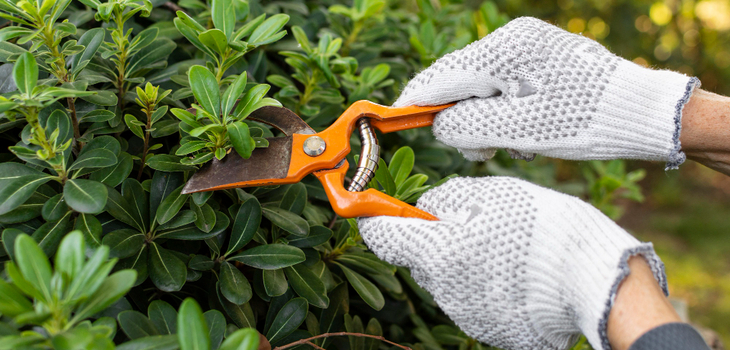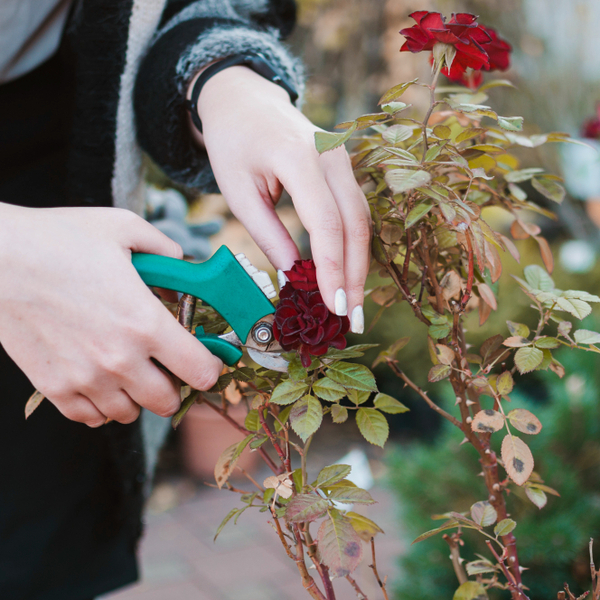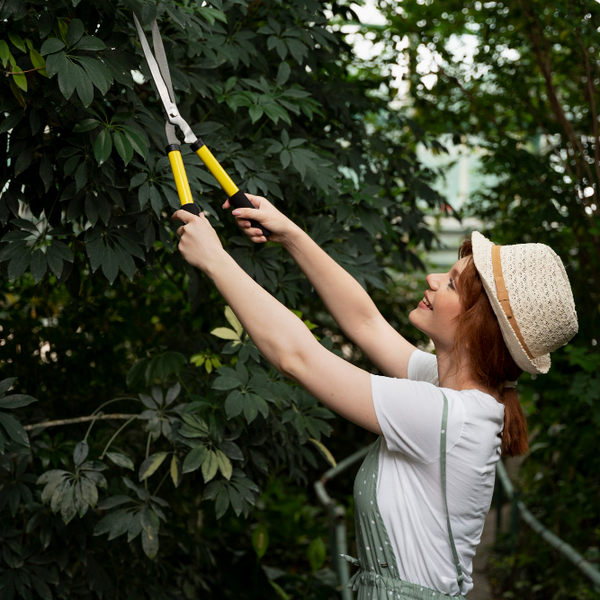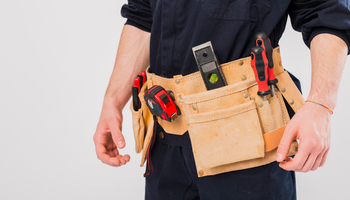Pruning Principles: How, When, and Why to Prune Your Plants

If you don’t prune your plants, you will have a garden full of deadwood and leaves.
And with your garden covered with such dead things, it’ll dull the appearance of your plants and make it difficult for newer branches to spring up. This is essentially why it’s important you know how to prune plants.
Your garden may produce less harvest than it should because you need more time to prune it. In this article, we’ll review some pruning principles that ensure your plants' productivity and health.
Here is how, when and why you should prune your plants.
Specific pruning principles help retain the health and appearance of your plants and garden. Thus, we shall start with practical ways to prune plants.
Effective Pruning principles
There are essential stages and techniques involved in pruning. They include:
The Prep Stage
Observe your plants: Before trimming your plants, you must assess the overall structure. This will help you know where to make cuts.
Use the right tools: The tools for pruning your plants depend on the thickness of the branches you cut.
Pruning shears are perfect for small stems and branches, loppers for medium-sized branches, and pruning saws for thicker branches.
Pruning Techniques
Remove dead, diseased, and damaged parts: Begin pruning your plants by removing any dead, diseased or damaged stems and leaves. This will prevent the spread of diseases and improve the plant's health.
Make thinning cuts: Making thinning cuts is essential when pruning plants. They remove branches for air circulation and light penetration within the plant.

This is quite beneficial as they promote bushier growth, encourage blooms, and prevent your plants from becoming overgrown.
Making thinning cuts is one of the essential plant trimming techniques you must practice in your garden to retain its appearance.
Heading cuts: Heading cuts are made to shorten branches. This is done to control the size and shape of your plants. Heading cuts encourage bushier growth and are primarily used for hedges, topiaries, and the like.
When making heading cuts, it’s ideal you cut above a healthy bud at an angle of 45 degrees.
Avoid over-pruning: pruning involves the removal of dead, diseased or damaged plant parts. So, avoid cutting more than necessary to preserve the health of your plants.
Pruning Time
Knowing how to prune plants is one thing, but knowing when is another. As much as pruning can be done at any time within a year to remove damaged, diseased or dead plant parts, some plants are best pruned at specific periods.
For instance, some shrubs and trees are best trimmed in late spring or early winter.
So, take the time to research the types of plants in your garden and find the right time to prune them. You can contact professional gardening services if you need help prune your garden.
Understanding The Basics Of Plant Pruning
Plant pruning is centred around two primary goals- plant health and the desired outcome of the garden owner.
Pruning is one of the most effective ways to maintain the aesthetic appearance of your garden, and as we mentioned earlier, it’s also a way to ensure your garden produces more harvest for you.
Many people own gardens today but need to gain the essential skills to maintain and ensure they stay fertile and presentable.
This is one of the reasons why they wind up the year with tiny harvests, suffer many pest challenges, and need better-maintained gardens.
Pruning is a skill that can be improved with constant practice; every garden owner needs it to maintain their garden.
Types of advanced pruning include:
- Root pruning: As the name suggests, this practice involves pruning a plant's root. It’s often done when transplanting a plant in a container to a larger pot or into the ground.
- Espalier: This pruning practice trains woody plants and fruit trees to grow flat against a wall, surface, or fence. Pruning also plays a crucial role in the design of plants, and through this gardening practice, you can beautify your garden.
You should start now if you have a garden and have not been pruning it.

Importance of Pruning For Plant Health
- Pruning helps remove dead, damaged, diseased plants from your garden.
- These benefits are pretty obvious—it makes your garden appear better and reduces the spread of diseases. Thus, healthier plants mean a healthier harvest.
- Pruning your garden also ensures controlled plant growth. This means you can maintain a plant’s size and growth, ensuring it doesn’t outgrow its space. Controlled plant growth keeps your garden organised. Pruning is a way to condition your plants in a particular direction.
- Thinning cuts improve your garden's air circulation and penetration. With proper ventilation and sufficient sunlight, fungal diseases are kept at bay.
- Pruning is also quite effective in ensuring your garden produces more harvest. Removing dead and damaged branches allows newer stems and branches to emerge.
- Pruning also makes your garden appear neat.
- Regular pruning ensures no place for diseases and pests in your garden. With air circulating correctly, your plants dry quicker, making them less hospitable for moisture-loving insects.
- Regularly pruning your garden saves you time and effort in the long run. By managing the size and shape of your plants through pruning, you’ll have a much less tedious gardening time.
- Pruning also ensures your plants have more substantial branches that resist breaking during storms, heavy downpours and snowfall.
- Pruning also ensures safety. Many times, people have suffered injuries all because they stood under a tree with a dead or diseased branch that fell. However, constant pruning prevents this from happening.
- You won’t want a garden or farm with plants obstructing walkways, right? That’s what pruning helps you avoid. It conditions your plants to grow in a specific direction.
- You can get wood for stakes, decorative elements in your garden, and other purposes through pruning.
Need Help Pruning Your Plants Or With Some Other Garden Work? Moovick’s Here
Gardening can be tedious, especially with work and much else on your plate. This is why Moovick serves you pleasingly!
We are the go-to marketplace to source professionals skilled in gardening services, cleaning, floor installation, and handyman services. If your garden isn’t producing as much harvest or needs some organising, we are here to handle the worries.
Hire on-demand gardeners in Europe on Moovick to give your garden the elegance it deserves.
Popular Articles

How to Set and Stick to Your Home Renovation Budget

6 Best Practices to Streamline B2B Logistics

10 Essential Steps In Preparing For Your Local Move

DIY vs. Professional Electrical Inspection: What You Need to Know

Easy Tasks to Fill Your Wallet in Germany

Benefits Of Hiring Local Movers For Your Next Move

